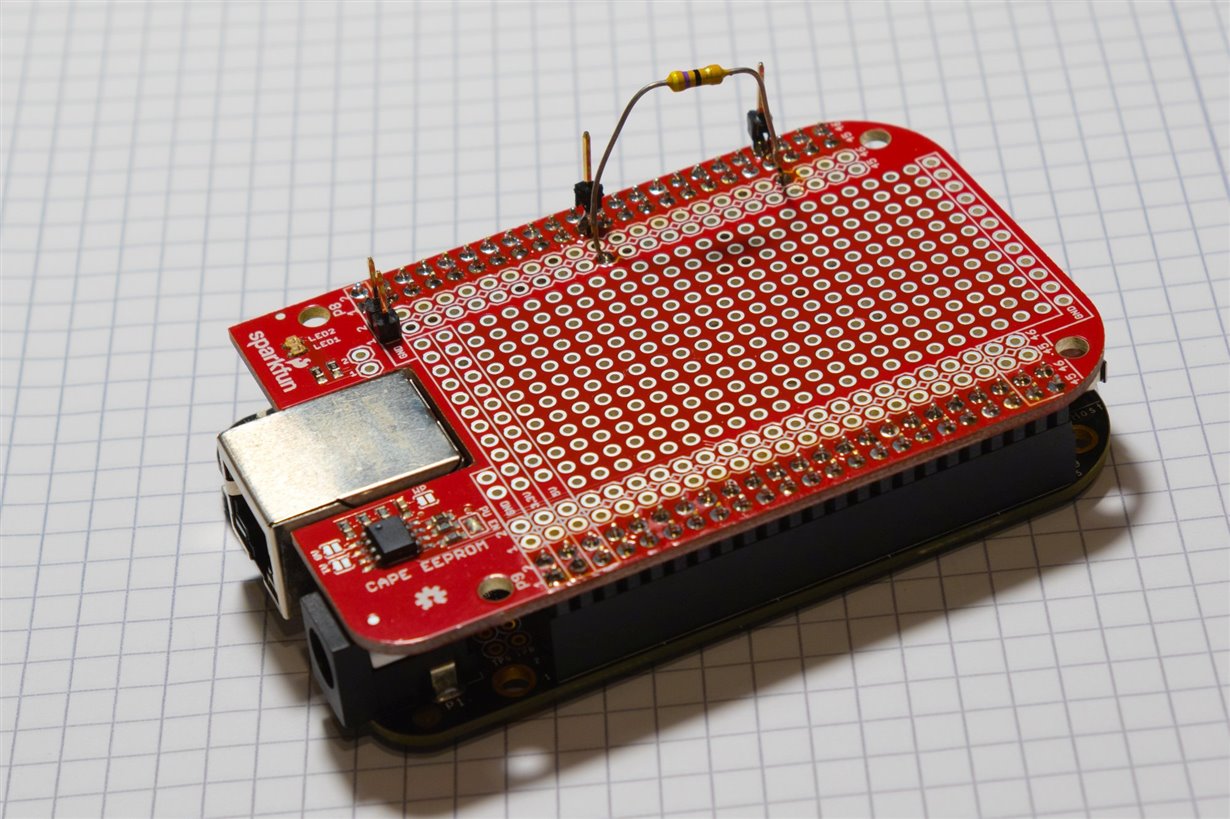Part Number: BEAGLEBN
Hi,
I use the PRUs in a BeagleBone. PRU software is written in clpru 2.2.1.
I can not reach the timing goals for my project.
Debugging leads to the result that a simple write-read-back on the GPIOS need 40ns to complete, not 10ns as expected.
Test setup: I toggle an R30 output pin and wait until the voltage level re-appears on R31.
Code:
while (1) {
__R30 |= (1 << 12); // set PRU1.12
while (!(__R31 & 0x80)) ; // wait until readback on DATAIN7
__R30 &= ~(1 << 12); // clear PRU1.12
while (__R31 & 0x80); // wait until readback on DATAIN7
}
The logic analyzer shows that a single
__R30 |= (1 << 12); // set PRU1.12
while (!(__R31 & 0x80)) ; // wait
needs 40 nano seconds.
I can generate a good square wave at 66MHz with
while(1) {
__R30 |= (1 << 12); // 5ns
__R30 &= ~(1 << 12); // 5ns
}
so the "while (!(__R31 & 0x80)) ;" part needs 35ns.
http://processors.wiki.ti.com/index.php/AM335x_PRU_Read_Latencies says: EGPIO read is 1 cycle = 5ns.
The BeagleBone itself apparently does not contain an low passes.
What could causes a delay of 7 cycles on EGPIO R31 read?
thanks for caring,
Joerg Hoppe, PEAK System Technik GmbH








